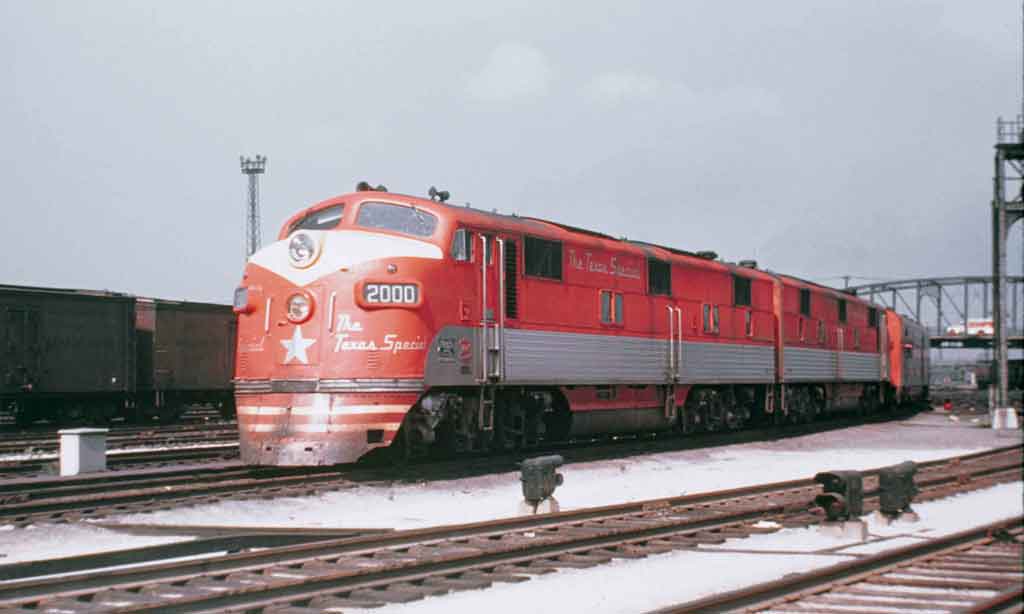
The Katy-Frisco Texas Special, a favorite conveyance for the Katy president’s business car, arrives in St. Louis in 1956. Fred Scott My railroad-related career started in 1941, when I was hired as a stenographer by the South-Western Freight Bureau in St. Louis. It was readily accepted for a young man who had studied shorthand and […]
Read More…
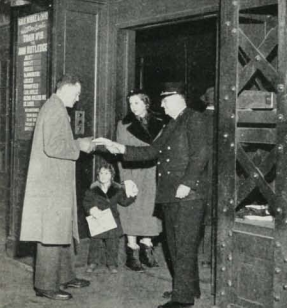
Read the article, “Travel . . . Family Style,” from the May 1951 issue of Trains magazine, in which Bill Akin and his wife and daughter, identified as the “Andrews” family, ride the Gulf, Mobile & Ohio between Chicago and St. Louis. Download the story by clicking here. […]
Read More…
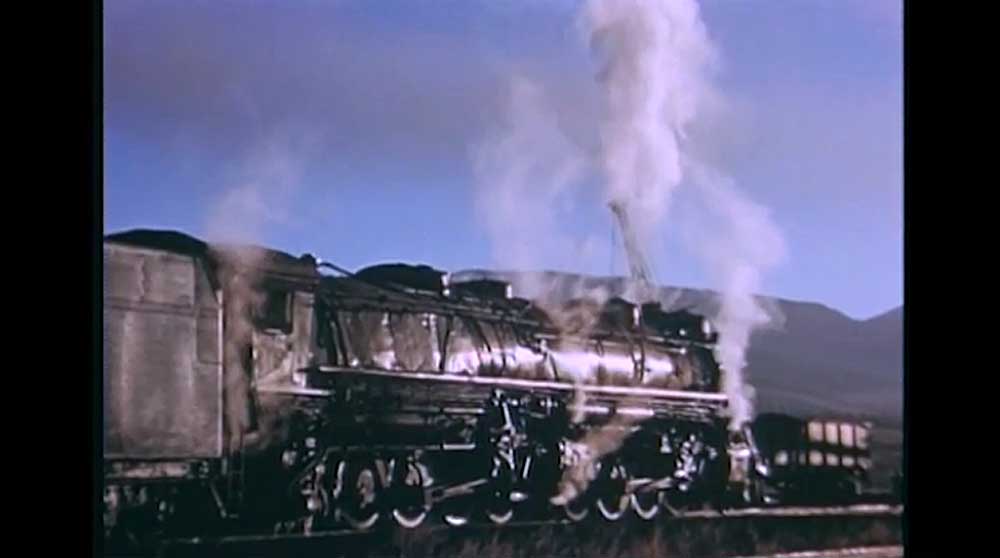
Watch video clips of big steam locomotives and the California Zephyr in action on the Denver & Rio Grande Western from the Sunday River Productions DVD programs “Otto Perry’s Rio Grande Articulateds” and “Burlington Zephyrs.” […]
Read More…

Watch video clips of big steam locomotives and the California Zephyr in action on the Denver & Rio Grande Western from the Sunday River Productions DVD programs “Otto Perry’s Rio Grande Articulateds” and “Burlington Zephyrs.” […]
Read More…
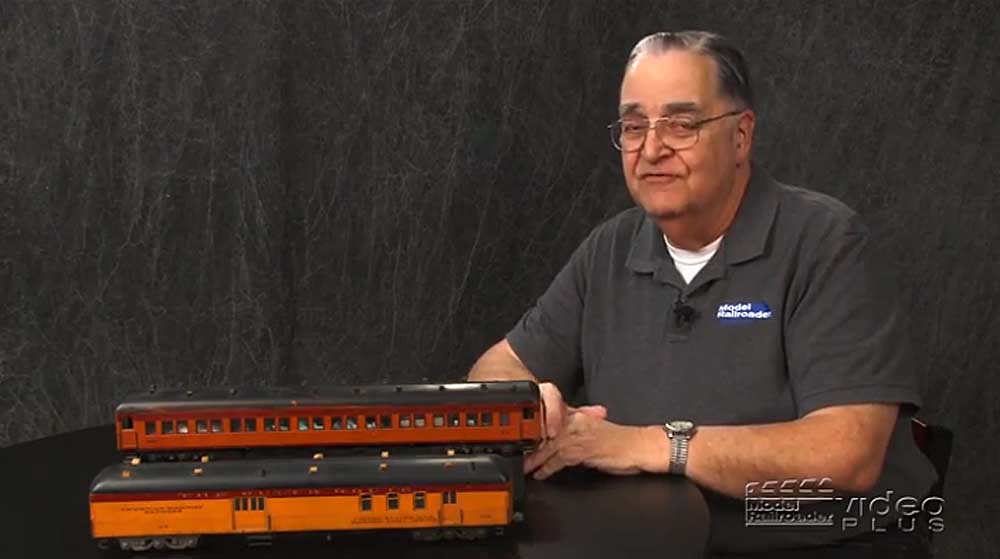
Having trouble viewing this video? Please visit our Video FAQ page In this episode, MR Senior Editor Jim Hediger shares insights related to two custom-built O scale passenger cars owned by Model Railroader magazine founder Al Kalmbach in the early days of the hobby. In the course of examining the amazing craftsmanship, Jim also […]
Read More…

Having trouble viewing this video? Please visit our Video FAQ page In this episode, MR Senior Editor Jim Hediger shares insights related to two custom-built O scale passenger cars owned by Model Railroader magazine founder Al Kalmbach in the early days of the hobby. In the course of examining the amazing craftsmanship, Jim also […]
Read More…
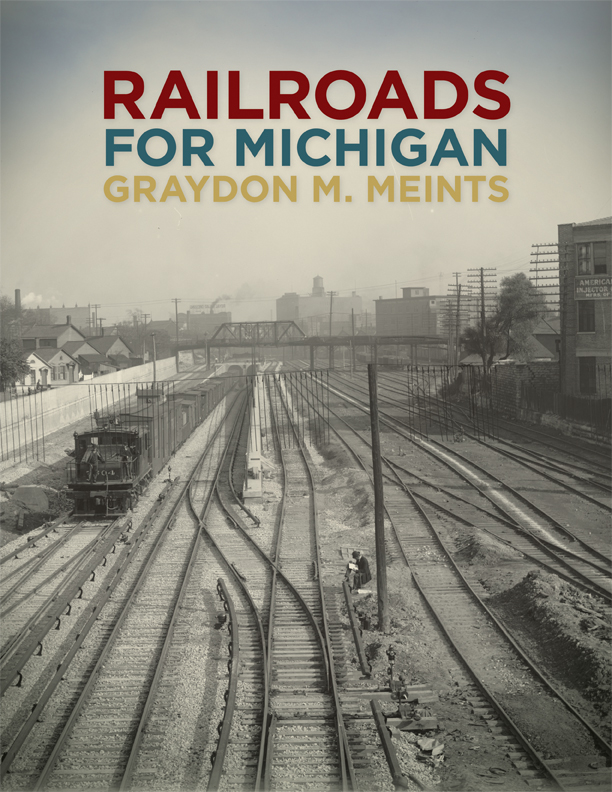
Railroads for Michigan by Graydon M. Meints Michigan State University Press, Suite 25, Manly Miles Building, 1405 S. Harrison Road, East Lansing, MI 48823-5245; 640 pages, 180 black-and-white photos; hardcover, 8.5 x 11 in.; $49.95. Michigan’s railroad history is well served by “Railroads for Michigan,” a sprawling new survey by historian Graydon M. Meints. From […]
Read More…
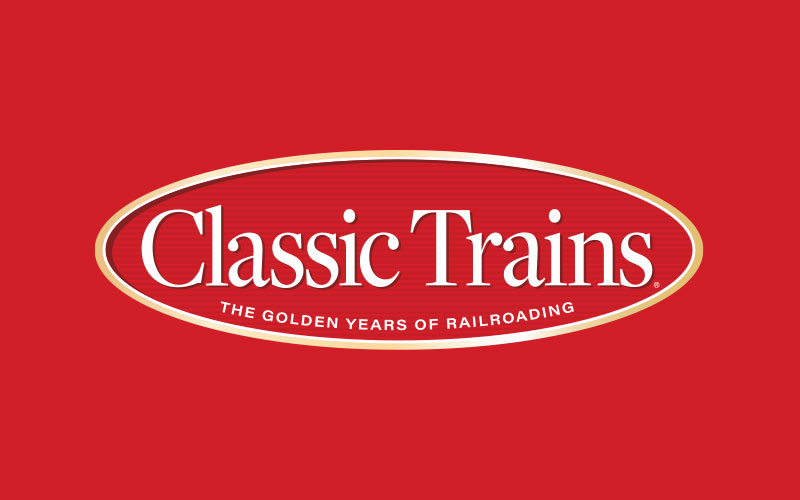
Check out additional material related to Bob Johnston’s “Intermountain Odyssey” article in Classic Trains’ Special Edition No. 13, All Aboard! Movies View clips from the 8mm movies that Bob Johnston took during the 1963 NRHS Intermountain Limited convention. Transportation Notice See the Burlington Route’s original Transportation Notice for the Aug. 26–Sept. 7, 1963, Intermountain Limited NRHS […]
Read More…
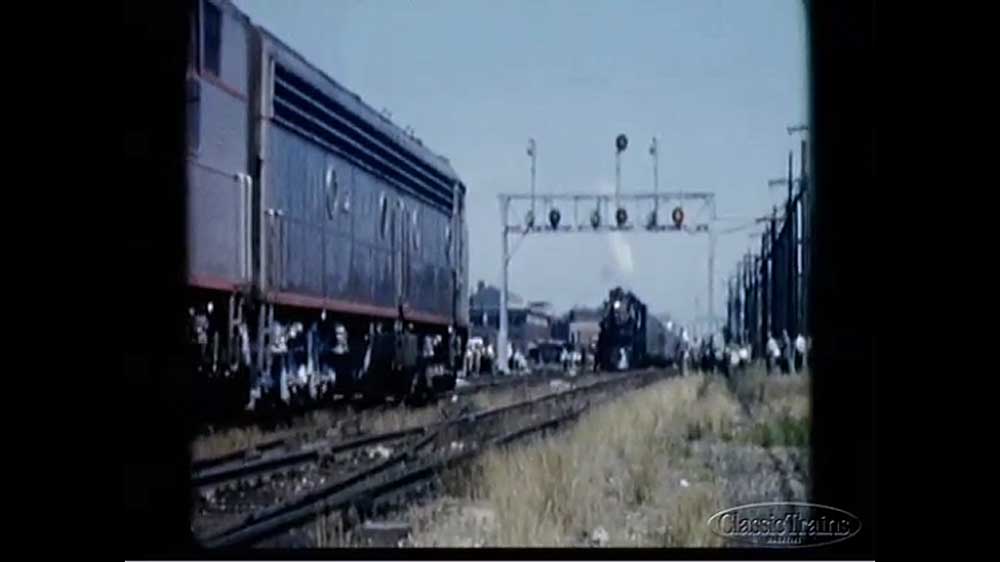
Watch clips from Bob Johnston’s 8mm color movies that he took during his “Intermountain Odyssey,” as recounted in his article of the same name in Classic Trains Special Edition No. 13, All Aboard! […]
Read More…

Watch clips from Bob Johnston’s 8mm color movies that he took during his “Intermountain Odyssey,” as recounted in his article of the same name in Classic Trains Special Edition No. 13, All Aboard! […]
Read More…
FULL SCREEN Brian Buchanan A Canadian National steam excursion train, led by CN 4-8-2 No. 6060 makes its way to Spadina Avenue engine facilities in Toronto on July 27, 1977. FULL SCREEN Brian Buchanan Three diesels rest outside the Spadina Avenue engine facilities in Toronto on July 27, 1977. FULL SCREEN Brian Buchanan Canadian National […]
Read More…
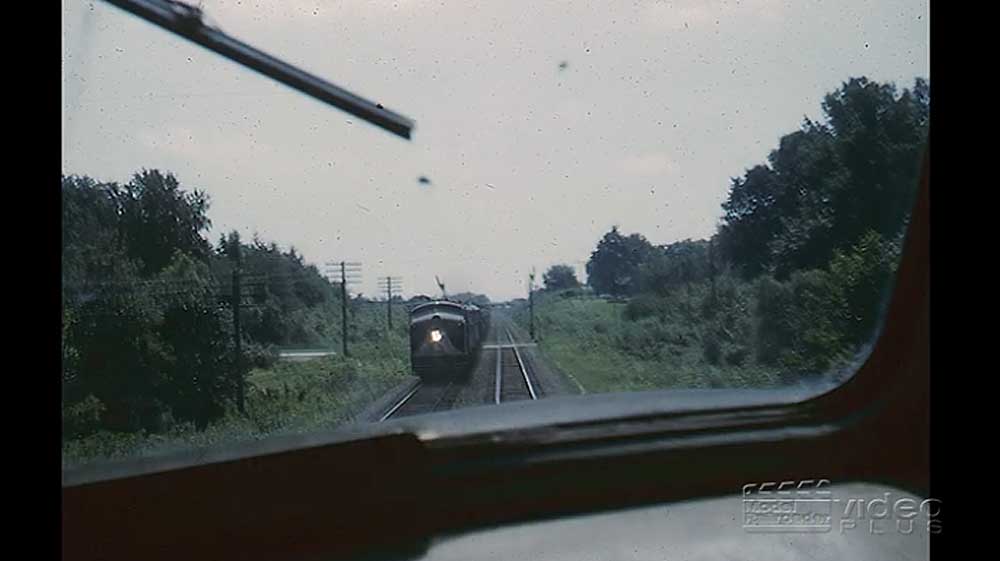
Having trouble viewing this video? Please visit our Video FAQ page When Jim Hediger was a youngster, he wrote the president of the Wabash RR to see if he could ride in the cab of the locomotive on a trip to St. Louis. Much to everyone’s surprise, Jim got a letter and an invitation […]
Read More…








